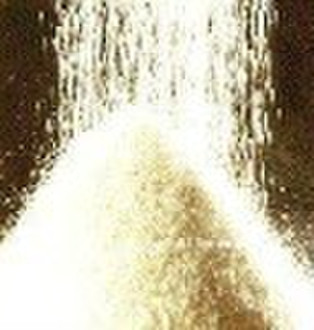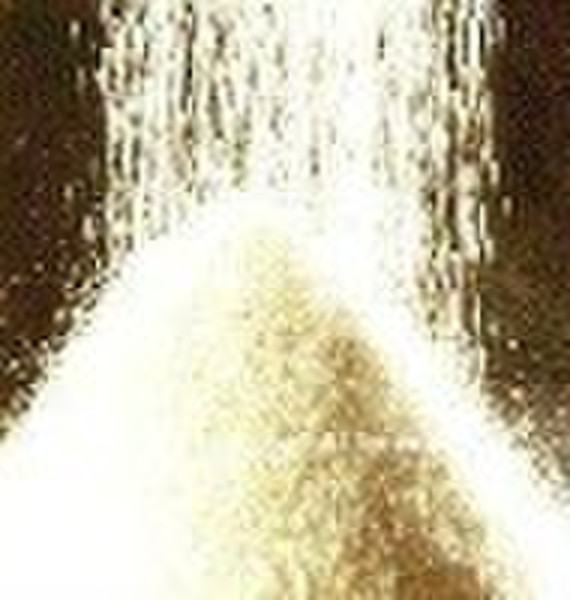Catalog
-
Catalog
- Agriculture
- Apparel
- Automobiles & Motorcycles
- Beauty & Personal Care
- Business Services
- Chemicals
- Construction & Real Estate
- Consumer Electronics
- Electrical Equipment & Supplies
- Electronic Components & Supplies
- Energy
- Environment
- Excess Inventory
- Fashion Accessories
- Food & Beverage
- Furniture
- Gifts & Crafts
- Hardware
- Health & Medical
- Home & Garden
- Home Appliances
- Lights & Lighting
- Luggage, Bags & Cases
- Machinery, Hardware & Tools
- Measurement & Analysis Instruments
- Mechanical Parts & Fabrication Services
- Minerals & Metallurgy
- Office & School Supplies
- Packaging & Printing
- Rubber & Plastics
- Security & Protection
- Service Equipment
- Shoes & Accessories
- Sports & Entertainment
- Telecommunications
- Textiles & Leather Products
- Timepieces, Jewelry, Eyewear
- Tools
- Toys & Hobbies
- Transportation
Filters
Search
hot melt adhesive
original price: 1 000 USD
Hengshui, China
Production capacity:
150 Ton / Month

Sunny Yang
Contact person
Basic Information
| CAS No. | 9000-70-8 |
|---|---|
| Other Names | Technical Gelatin |
| MF | C6H12O6 |
| EINECS No. | 232-554-6 |
| Purity | 80-90% |
| Place of Origin | Hebei China (Mainland) |
Hot Melt Adhesive is light yellow or brown grain, which can pass the 4mm aperture standard sieve. It is mainly used in Making folders, edition binding cover, all sorts of gift box(Manual, automatic pasting machine) PRODUCTION PROCESSIn OUR members’ industrial sites, gelatine is produced in technological industrial installations in a complex procedure involving several stages. The input material is the connective tissue of pigs, cattle, poultry or fish. The collagen protein is removed from the pig, calf or cattle skin as well as bones and is processed to form gelatine. The final product gelatine is a pure source of protein. Pre-treatment First of all, the fat and minerals are removed from the raw materials. Afterwards two different pre-treatment methods are used, depending on the raw material and on the final application of the gelatine. Alkaline procedure The connective tissue of cattle is highly interconnected and is therefore pre-treated with lime in a process lasting several weeks. This brings about a gentle change to the collagen structure. After this treatment, the collagen is soluble in warm water and can thus be separated from the rest of the raw material. Acid procedure The collagen connective tissue from pigskin is not so heavily interconnected. Here, a one-day acid treatment with subsequent neutralization and the intensive rinsing out of the salts is sufficient to extract the collagen. Extraction The pre-treated raw materials are now treated with hot drinking water and extracted in several stages. The temperature of the hot water is a parameter for the jelly strength: the lower the temperature of the water, the higher the gel strength (bloom value) of the extracted gelatine. Cleaning The extracted solutions are freed of traces of fat and fine fibres in high-performance separators. Even the finest impurities are removed by filtration, in a similar way to the beverages industry. In a last purification stage the gelatine is freed of calcium, sodium, residual acid and other salts. Thickening The gelatine solution is now concentrated in vacuum evaporators and thickened to form a honey-like solution. Drying The highly concentrated gelatine solutions are sterilized, cooled, set and dried under strict hygienic conditions. In this process, “gel noodles” are formed that are ground into grains when dry. The quality and purity of the gelatine is ensured by detailed quality control. All of these steps are indispensable for gelatine manufacture and have been used for decades to manufacture high-quality gelatine.
Delivery terms and packaging
Packaging Detail: 1)Kraft bag outside and plastic bag inside2)Woven bag outside and plastic bag inside Delivery Detail: 15-30DAYS
Port: TIANJIN
Payment term
Letter of credit
Telegraphic transfer
-
Payment Methods
We accept:









